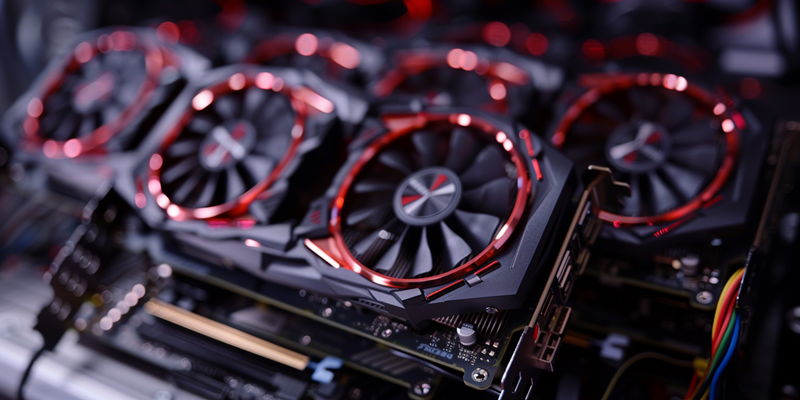Rumblings within the tech industry have brought forth an intriguing prospect: the potential introduction of AMD’s Navi 4X / 4C graphics cards, rumored to decisively outshine the existing AMD RX 7900 XTX. Leaked information, which surfaced through the reliable leaker Kepler_L2 and later disseminated by Tweaktown, suggests that these new GPUs could have been game-changers. The standout feature of these cards was the inclusion of nine shading engines, a significant leap from Navi 31’s six engines. This architecture hinted at a performance bump of almost 50%, which hinted at a remarkable elevation in gameplay experiences and graphical computation. If such a card had come to fruition, industry onlookers postulated that it would challenge not only AMD’s internal lineup but also shake up the competitors’ offerings, potentially overshadowing the top-tier cards from rivals like Nvidia.
The proposition of these groundbreaking GPUs stirred much excitement amongst gamers and professionals alike. The nine shading engines symbolized a potent increase in horsepower that could effortlessly manage even the most demanding tasks, solidifying AMD’s status as an innovation powerhouse. Performance benchmarks inferred from the leaks suggested that AMD was heading guns blazing toward a bold new frontier in graphical performance, casting the Navi 4X / 4C as a behemoth capable of enhancing graphical fidelity to previously unattainable levels.
Market Strategy and Pricing Balances
The recent buzz about AMD’s halted Navi 4X / 4C GPUs raises critical questions about why. Industry watchers speculate that pricing may be the issue. AMD has found success in the mid-range GPU sector by balancing cost with performance, winning over gamers with its 1440p and 4K capabilities at reasonable prices. The decision to pull back these GPUs suggests AMD is acting cautiously to maintain this balance, as GPU manufacturing costs and retail prices are on the rise, as seen with Nvidia’s new Ada series. A move to more expensive, high-performance GPUs could risk pushing away AMD’s value-conscious customer base. In a market where consumers are sensitive to price, tech companies like AMD must weigh the desire for technological progress with the need to keep products accessible. AMD’s pause on the Navi 4X / 4C GPUs serves as a reminder that in the race to the top, not only is technological innovation important, but smart pricing strategies are also key to connecting with consumers.

